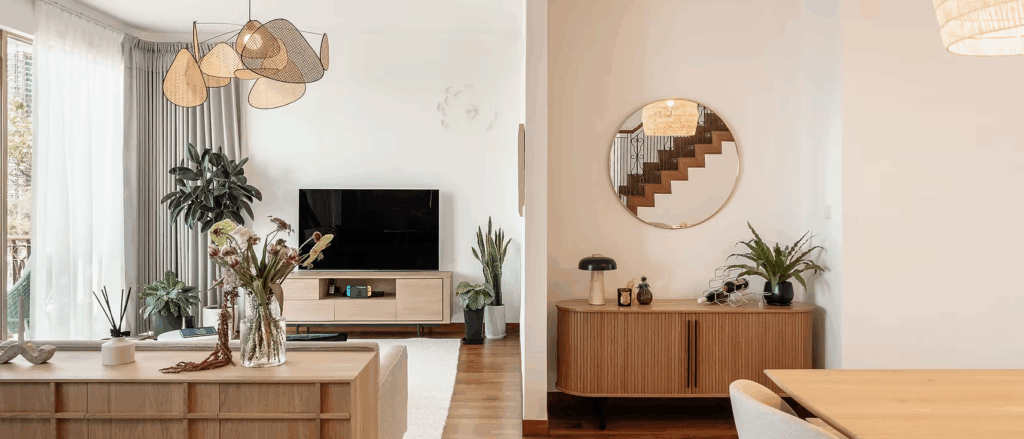Design is an intricate craft that merges functionality with creativity. It’s not only about decorating a location but about envisioning how it can harmoniously blend comfort, purpose, and appearance to make a place truly remarkable. Whether it’s a cozy home, interior decoration a dynamic office, or a busy café, design shapes how people interact with and experience their surroundings.

Every space tells a tale through its design. The substance of design lies in its capacity to convey personality and purpose. Styles vary widely—from modern minimalism that focuses on clean lines and simplicity to rustic charm that evokes warmth and authenticity. Each design style serves as a canvas for expressing identity, making no two spaces identical.
One crucial area of design is the clever use of space. Effective layout planning ensures that every sq meter is optimized for functionality without compromising on overall look. Designers use zoning techniques to create defined areas within open spaces, while innovative storage solutions maintain order and elegance. Space planning makes over even the rooms into practical and inviting havens.
Color selection is another pillar of design. Colors are more than simply visual elements—they bring to mind emotions and set the tone for a space. Soft neutrals like beige and dreary express stillness, while bold shades like red and emerald green green infuse energy and vibrance. Innovative color schemes, including accent walls or monochromatic palettes, breathe life into rooms and complement the décor.
Furniture and décor bring personality to design. Each piece plays a crucial role in reinforcing the required theme. From sleek modern furniture with geometric shapes to antique, hand woven things that carry history, these elements contribute to the story of the space. Incorporating textures, such as posh carpets, leather upholstery, or wooden finishes, adds depth and tactile appeal.
Lighting is the unsung idol of design. A well-lit room not only looks inviting but also enhances its functionality. Natural light fosters openness and positivity, while artificial lighting layers—ambient, task, and accent lighting—create mood and depth. Pendant lights, chandeliers, or strategically placed lamps can highlight things and raise the overall aesthetic.
Modern design lays eyes upon sustainability. The growing knowing of eco-conscious living drives designers to add in environmentally friendly materials and practices. From reclaimed wood furniture to energy-efficient lighting systems, sustainable design lowers the environmental impact while maintaining style. This method aligns with the global call for sustainable living without sacrificing beauty or innovation.
Personalization is the heart of design. It’s about adjusting a universal structure into a representation of its occupants. Memories, interests, and cultural influences find their place within the design through artwork, pictures, and unique souvenirs. This personalized touch attaches individuals to their spaces, making them feel truly at home.
Design also has the ability to influence well-being. A considerately designed space fosters comfort, relaxation, and productivity. The right blend of ergonomics, spatial organization, and visual harmony can alleviate stress and promote mental clarity. Elements like greenery, soothing colors, and cozy furniture create sanctuaries that nurture the body and mind.
In essence, design is an ever-evolving talent that adapts to the times and the needs of the people it serves. It’s a balance of imagination and usefulness, enabling spaces to go beyond their physical dimensions. Whether it’s designing from scratch or rejuvenating a pre-existing area, design offers endless opportunities to shape environments that resonate with beauty, meaning, and utility.